Lumo | PS424/5/2016 If you’re of an, uh… certain age, you might recall a television show called Knightmare. A sort of Dungeons and Dragons/gameshow hybrid, it involved a team of youngsters guiding one of their friends through a dungeon laden with traps, tricks and challenges. It deserves a remake, but that’s by the by – Lumo (that’s Finnish for ‘enchantment’) is a warmly nostalgic reminder of such glorious children’s programming. Alas, as is generally the case with puzzle-related games, eventually there are spots in Lumo where a challenge becomes an outright irritant. One particular moment that sticks in the mind is spending 35 minutes trying to balance on a ball, whilst running it along a narrow path, then trying to keep it in the middle of a moving platform to get to the exit. We’re sure you can visualise that - many bad words were uttered. Despite those grievances, however, Lumo‘s many levels are for the most part well laid out and thoughtfully designed. In the majority of cases, it isn’t difficult to figure out what you have to do to get through them – even if actually carrying out those tasks can prove difficult. The sound effects and music fit the game’s old-school feel well, and the animations of mini-wizard-you are cute as a button. Lumo is a love letter to a time when games were (technically) simpler and in that respect it has certainly hit the target. Let’s talk collectibles for a moment: whether you love or hate them, it’s a given that the majority of games have them, and Lumo is no different. Coming in the form of cassette tapes (remember those?), maps, coins and rubber ducks, the former three are relatively easy to get your kleptomaniac mitts on – the ducks are a different story. Have you ever sworn at a sweet little rubber duck? You will. In fact, you’ll never want to see another one ever again by the time you get to the end of Lumo. It’s not that they’re difficult to find, in fact, they’re glaringly obvious, the bright yellow deviants. The issue is you have to jump on them, bounce off of them and land safely; if you lose a life while you’re still in the room, you have to collect it again. More often than not this involves jumping, bouncing off the duck’s head, then landing precariously on a moving platform. It’s a distraction that Lumo doesn’t really need, especially in the latter levels where merely getting from room to room safely is challenge enough. Lumo is a love letter to a time when games were (technically) simpler and in that respect it has certainly hit the target. For every part that feels like it needs improving slightly, or where it feels like you’re just outright being trolled for being pants at it, there are plenty of moments where you find yourself genuinely enjoying Lumo; especially if you can remember when games like it were the norm rather than an exception.
Ultimately, it feels like Lumo is going to be quite niche – some will love it for the older style of gameplay and the nostalgia that invokes, whilst appreciating more modern usability in the likes of an auto-save system. Others will probably play it and wonder what all the fuss is about. It’s not going to blow you away, but there are certainly worse ways to spend a few hours than revelling in the past with Lumo... Just try not to lose your patience with those #*%@ing ducks. Pros
Cons
Score – 7/10 DOOM | Xbox One19/5/2016 Well, that was a nice surprise. Everything from its reveal, to the dividing multiplayer beta, to the recently withheld review copies had us feeling slightly sceptical about DOOM. With some degree of pleasure, we can say there was no reason to be - we were wrong. Finally making good on the promise of next generation hardware, DOOM runs at a gorgeous and buttery-smooth 1080p/60FPS. It handles like a dream. Instances of combat most commonly occur in waves whilst confined to an arena. Though this might sound incredibly jarring, DOOM avoids that fate by integrating and contextualising them well. It isn’t your average cover shooter, so stay up in the fight or you’ll be mercilessly expunged. On occasion, temporary power-ups that include invincibility, increased speed, quadrupled damage and insta-kill melee attacks can be found to further fulfil your power fantasies and decimate Hell’s horde. Outside of combat, it’s worth tapping the brakes and taking time to explore the rich environments that hold no shortage of rewards for doing so. Suit upgrades, collectibles, secrets, ammo, health and more await those who stray from the already refreshingly non-linear main path. Perhaps most enjoyably, hidden Runes transport the player to challenging trial excursions that when cleared unlock equippable boons for a further layer of customisation. Despite its newfangled modern features, DOOM is true to its classic roots in many ways. Coloured keys to open respectively coloured doors, no regenerating health, satanic imagery and a pulsating, heavy rock soundtrack that features motifs from the original all make veterans not only feel right at home, but also like the coolest one there.
A long load screen is all that stands between you and DOOM’s other modes, so let's talk multiplayer. Just like the campaign, it finds a middle ground between old and new, playing as though Quake and Halo had a raucous one night stand. Whether it has legs really depends on how much you yearn for the competitive FPS multiplayer of yore. With nine maps and six game modes, there’s a decent spread on offer at launch. The problem is that it’s all so forgettable; some tweaked variants of established modes and the ability to transform into an, admittedly badass, demon aren't quite enough to set it apart. The middle ground is a failing one when we’re left with an experience that matches up to none of it’s inspirators, and establishes nothing new of any great worth. Also - where’s free-for-all? Whilst DOOM’s peripheral modes are a mixed bag, the campaign is pure metal brilliance. As you level up, cosmetic and loadout customisations become available. Everyone in any given lobby looks unique, with some higher level players even inspiring outfit envy. While tonally strange, there are also emotes that add a touch of fun to proceedings - we don’t mind losing so much when the victor celebrates with a Carlton Dance. Speaking of seeming out of place, SnapMap already offers some absolutely bonkers levels. A powerful editing tool that’s incredibly simple to use and taught through quick, concise tutorials, SnapMap technically makes DOOM endless.
Whilst DOOM’s peripheral modes are a mixed bag, the campaign is pure metal brilliance. Packed with violent, fluid and fun gameplay, an uncompromising technical performance and gorgeous visuals, Doom is back, and ballsy as ever. Pros
Cons
8/10 SUPERHOT | Xbox One10/5/2016 SUPERHOT is a rare, one-of-a-kind game that’s executed to near perfection. It’s built around the simple premise that time only moves when the player does, a mechanic that makes every action thoroughly considered and every victory bloody ravishable. I must not reveal too much, for you are not yet ready to know the nature of the system. Who am I to disobey? It’s incredibly satisfying to pull these feats off. In simpler terms - the game's fucking badass! Just be aware that you’re in for a trippy treat. Whilst the story will continue to hold untold mysteries, the gameplay is placed front and centre and that’s an area we’re more than happy to delve further into. Equal parts puzzler, first person shooter, addictive arcade perfectionism and condensed awesome, SUPERHOT plays slowly and tactically moment-to-moment. Despite a methodical pace, movement - and with it the progression of time - is a necessity that makes decision making akin to spinning plates. You need to move to have your projectiles travel, to reload your gun, and obviously to position yourself; meanwhile, enemies are progressing in the same way. This means that if you aren't acutely aware of your surroundings - you elect to fire a shot instead of dodging the bullet encroaching from a blind spot, for example - you will suffer consequence in death and have to restart a short way back. Lost progress is never significant enough to frustrate, and you’re instantly back into the action, making for that moreish “one more go” mentality. With progression, the difficulty is ramped-up as more Red Dudes, less cover and a range of new weapons are introduced. Each weapon behaves differently, requiring a specific tactic to be employed both in eliminating those pointing the business end at you and in wielding it yourself. Ammunition is quick to run dry and most melee weapons break, meaning it pays to diversify and be able to switch on a whim. A body swapping mechanic is also introduced relatively late into the game, which helps with escaping a pinch and erecting creative kill opportunities. Now the reason we adore SUPERHOT quite so much, is that when these elements come together, they provide an ultimate power fantasy. When you play SUPERHOT, you are Neo from the Matrix. In what other game can you routinely throw your empty pistol at an enemy’s face, catch the airborne firearm they lost in the scuffle and use it to finish them off? That isn’t enough to convince you? How about slicing a bullet out of the air with a katana? Realising a bullet’s about to hit you and switching to the offending sender so that they end up killing themselves? Jumping over a moving car to effortlessly land and punch a guy’s head off? We thought so. It’s incredibly satisfying to pull these feats off. In simpler terms - the game’s fucking badass! Every enemy shatters as though made of glass, the impressive particle effects viewable at a speed of your choosing as they crumble to the ground. Whilst this rewards each and every kill, a regular-speed replay of your handiwork awaits as reward for clearing a level. They serve to further trumpet the inhuman badassery you just pulled off, and you’ll watch them every time. SUPERHOT Team have produced an instant indie classic. Whilst the main story is quite short at around 2 - 3 hours from start to finish, the bulk of the game is unlocked thereafter with challenges, endless survival mode and speedruns becoming available. Add to this another playthrough to uncover all of the hidden secrets, as well as tons of micro-features for you to fiddle with on the main menu, and there’s a lot of content here. For those that lament the campaign’s length regardless, know that this structure is contextualised, but when the gameplay loop is the main hook, we see no problem at all. The added modes do unfortunately make use of the same levels, which can lead to them feeling somewhat repetitive, whilst online leaderboard functionality would have encouraged replayability through competition. We may be committing a cardinal sin by all but revealing the score early, but in the absence of these small foibles, for us, SUPERHOT would be a faultless 10/10 game.
Through a simple aesthetic that’s clean, bright and beautiful, along with truly unique and superlative gameplay, SUPERHOT Team have produced an instant indie classic. If the game sounds remotely interesting to you - which it should if you like fun - do the industry a favour and pick it up. We need to support this kind of creativity. Pros
Cons
9/10 Hitman - episode 2 | Xbox One9/5/2016 Read part one of our review here. Episode Two continues the game’s trend of being placed in a huge map with an overwhelming number of options available to carry out a few tasks. The biggest tip for any HITMAN game is to spend your first playthrough messing about and exploring, seeing the patterns of the targets and the best escape routes, where disguises are left lying about, etc. Proceeding with this mindset, the mission score would have resulted in minus points if possible, thanks to around 80,000 being taken off for knocking out and killing near enough twenty 'non-targets', as the game calls them. They're all working for a chemical weapons manufacturer, they're all culpable! “I can kill this target in so many ways, which shall I choose?” HITMAN's episodic approach so far has been rather light, the monthly release schedule has been barely adhered to with the second episode releasing over seven weeks after the initial content. The only updates have been a few Escalation Contracts that see you doing the same hit over and over in more difficult ways. As such, Contracts mode remains the big draw, with challenges in story mode making replaying levels more palatable, a bit more inventive, and appealing to go through again and again. It's a shame that the Elusive Targets haven't arrived yet, as these would go a long way towards bringing everyone back into a game that most can get enough fun out of after a few play sessions. More regular updates are needed in an otherwise consistently brilliant return to form with Episode Two. Now to go back and see if that woodchipper works... Pros
Cons
Score TBD, check back when the game is content complete The Park | Xbox One8/5/2016 As far as horror-themed settings go, the haunted theme park is a relatively common and contrived one. Whilst we've seen carnivals take centre stage in cinema, games have generally reserved the locale for one-off, novelty excursions - The Park attempts to remedy that. Core gameplay is typical of a ‘walking simulator’ - thankfully one with a sprint function - whilst the ability to call out to Callum provides the gimmick to spice up proceedings. Think Heavy Rain's infamous "Jason" sequence, but not hysterically repetitive and flat. The vocals emit a sort of ripple effect that distorts elements able to be interacted with, ensuring you won’t miss anything significant. On occasion, Callum will answer, the direction of his voice serving to direct the player, whilst the nature of his replies can often induce a chill: "He's watching you, mommy." "Don't let him take me, mommy!" It's a story open to interpretation, with strands that warrant investigation and subsequent playthroughs. “He” is a recurring frightener, amongst others, ever aided by constant ambient whispers and animalistic sounds that emerge seemingly from thin air to taunt you. Whilst routinely unsettled, we were never outright scared. Eternal Darkness inspired moments of fourth-wall-breaking manipulation to audio, gameplay and visuals were appreciated in essence, but intentional audio crackle and gameplay stutter quickly became an unwelcome distraction. That said, these methods of toying with us did succeed fantastically during the concluding sequence. The issues intensify with each continual loop through the same environment (yes, it’s very P.T.) until you’re driven half insane, beautifully mirroring that which plays out on-screen. Whilst pretty in a quaint sort of way, The Park’s visuals are unimpressive and rife with pop-in. Load times are significant, though the entirety of the location is accessible without need for further delay following the lengthy initial wait. When the setting is titular, you’d expect it to shine, but outside of interacting with some of the attractions, there isn’t much defining about it. When we think back on carnival-type settings in games, fond memories of Bioshock Infinite, The House of the Dead: Overkill, Bully: Scholarship Edition and Left 4 Dead 2 are conjured; ironically, their flirtations with the setting were altogether more memorable. Ultimately, these issues aren’t too detracting. The Park is laser-focused on delivering its narrative and it does so with some eloquence. Don’t expect a superlative videogame, but do look forward to a feature length horror experience that’ll engage your brain.
Pros:
Cons:
Score 7/10 The Walking Dead: Michonne is a three-part mini-series from Telltale, which, rather than building upon the strong narrative foundation of their two previous series’ of The Walking Dead, elects to explore new pastures. Below you'll find spoiler-free coverage of all three episodes, as well as an overall rating. Events throughout eerily parallel Michonne's haunting past, which intensifies her unenviable trait of hallucinating at the most inopportune of times. Despite it being clear that these visions are exactly that, when posed with choosing between them and reality, the seemingly obvious decision is actually anything but. Denying Michonne precious, sought-after time with her beloved children, in whatever form, isn't a decision that can be taken lightly. This side of the narrative isn’t wrapped-up quite as neatly for the player as the more overt one playing out in reality, but Michonne is at least provided a degree of solace. That, for us, was more important than satiating our own selfish curiosity. Brutal, affecting and engaging - it's left us chewing our finger-ends whilst we endure the wait for Season Three. What We Deserve again clocks-in on the shorter side, taking around an hour to complete. It looks as though Telltale are aiming to cut content in order to match the runtime of their televised franchise counterparts, mirroring the TV-inspired presentational changes. Whilst this is fine, we aren’t seeing any decrease in price to offset getting less bang for one’s buck. Technical issues persist, mostly still related to pauses whilst decisions are processed and appropriate scenes load based upon those decisions. The other foible we’ve continually noted is the repetition of familiar circumstances and events, leading to an encompassing sense of déjà vu. Whilst that’s still somewhat the case, the return of AMC’s Fear The Walking Dead helped us realise that there are only so many ways you can approach a post-apocalyptic, human-centric story in this universe. Yes, you’ll have a feeling of been there, done that, but that’s TWD’s reality - get past it and you’ll have exponentially more fun whilst along for the ride. Despite these issues, the mini-series is a must-play for fans of both Telltale Games and The Walking Dead. It elevates Telltale’s work to previously unseen presentational heights via some clever cinematic tweaks, improved graphics and menus. It’s brutal (did we mention how great the grisly action sequences were?), affecting, engaging and left us chewing our finger-ends whilst we endure the wait for Season Three. Pros
Cons
8/10 Episode 2: Give No Shelter As ever, we open with with an accommodating "Previously on..." segment to get players back up to speed, before picking up directly where the first episode left off. Opening with another bang, Michonne and company set about escaping their precarious predicament. We feel it necessary to reiterate just how exhilarating the violent action sequences in this series are; the stylised TV presentation persists with some scenes that are genuinely uncomfortable to watch, whilst denying you the ability to tear your eyes away. We’re quite the hardened veterans, so it isn’t often a game can achieve this result. As well as housing some shockingly graphic moments, there’s a jaw-dropping narrative swerve, which undeniably serves its purpose, but doesn’t help shake the preceding episode’s sense of déjà vu. There are numerous more familiar scenes that we’ve seen before in Telltale’s The Walking Dead proper, including tentatively traversing a dubious structure, performing grisly medical procedures and more. Some scenes are genuinely uncomfortable to watch, whilst denying you the ability to tear your eyes away. The mini-series’ length also becomes somewhat questionable, as the supposed meat in the trilogy sandwich only just sees us begin to warm to established characters, whilst the interesting new ones are met with the ever present nagging feeling that the same can't - and likely won’t in the time frame - be said for them. It’s asking a little much to expect any deep character investment at this stage, which is in fact precisely what’s required of a penultimate episode. Whilst we'd have liked more time to get to know everyone, when focusing solely on the story arc, it does feel as though TWD: Michonne is approaching a satisfying conclusion. Hopefully the former can be counteracted with the introduction of some familiar faces in this year’s third season. Michonne continues to face tormenting visions of daughters Colette and Elodie, whereby you’re drawn into tragic memories of their disappearance, running parallel to the present day story. Their fate is yet unknown and we’re as eager to learn of it as we are to wrap up the engaging main narrative path. Unfortunately, some more significant technical issues start to creep back in throughout the duration of the episode. There’s relatively frequent framerate stutter and occasional pauses, which we perceive to be the game frantically checking our choices and loading the according segment - it’d certainly explain the issue’s previous absence. On the topic of choice, there are some difficult ones to be made, which can seemingly have a real impact on events, rather than just offering the illusion of choice. Obviously that’s still the case to an extent, but it’s unreasonable to expect the necessary glut of content to accommodate anything but that reality. The community are significantly divided in their stance, evidenced by the post-episode summary screen, which just goes to show there are no definite ‘right’ answers. Whilst one of the shortest we've played - which is a bit off in a three-parter - Give No Shelter is ultimately a satisfying episode that drives the player towards a conclusion they’ll want to be a part of. Episode 1: In Too Deep You fill the boots of the titular Michonne, a brooding loner, familiar to fans of both the comic book and television serieses. Those only acquainted with the Michonne of the latter might find it somewhat jarring that elements of the character’s past don’t ring true, and that actress Danai Gurira forgoes the role in favour of the no less stellar Samira Wiley (Orange is the New Black). The miniseries is firmly set in the comic book universe, specifically between issues #126 and #139 in order to fill in the events during Michonne’s absence. Having replayed seasons one and two back-to-back in preparation for this release, an opening that got right to the point was exceedingly welcome. Michonne is a badass and you’ll immediately feel it; soon to be signature cinematic widescreen bars slide in to let you know shit is about to go down - and go down the shit absolutely does. Grindhouse-esq ultra-violence kicking in with a satisfyingly stylised thud, slice and chop. We've seen the early days of the outbreak and, thankfully, that ground isn't re-trodden. Awe for Michonne’s walker-dispatching prowess soon gives way to a deep sympathy. It becomes apparent she’s a tortured soul, her past so haunting it physically manifests to taunt her in the present. Struggling mentally, a helping hand arrives at the most apt of times and it’s here the real adventure begins. Awaking on a functioning boat with a likeable cast of new companions - special mention goes to burly and bearded cockney bloke, Oak, the world's best mum if his mug's to be believed - it’s easy to assume it isn’t real. We spent the entire first season striving for this life, how could it be offered so readily now? When things start to go south that feeling dissipates, danger permeating life at sea just as it does on land. An opening episode that’ll most likely hook you into seeing the series through. Avoiding giving away too many juicy story details beyond this point, you’ll quickly find yourself in dire straights, separated from your group at the hands of a living antagonist and forced to strike an uneasy alliance to overcome the situation. There’s a slight feeling of déjà vu both in relation to narrative and character roles, but the episode remains engaging nonetheless. On the technical front, presentation is noticeably improved in all departments thanks to sharper graphics and menus, as well as the added cinematic flair. The on-screen point & click HUD elements now offer a better indication of what each action involves, thanks to expanded text explanations, whilst quick time event prompts are kept more in line with the aesthetic so as to not pull you out of the experience. Gameplay, or the interactive segments for those opposed to calling it that, remain(s) entirely unchanged. That isn’t an issue, the old adage if it ain't broke, don't fix it applies. Something that did need fixing, and Telltale thankfully have, at least in part, are the litany of technical issues that often plague their games. There are still slight and unintrusive niggles, but don’t expect long pauses or missed dialogue here.
Improved scheduling has us eagerly awaiting the final two episodes in the the coming couple of months, rather than wondering when we’ll be reunited with the world of The Walking Dead. Telltale continue to wield mastery over the interactive narrative experience with an opening episode that’ll most likely hook you into seeing the series through. |
READ MORECategories
All
Archives
December 2023
|
Pass the Controller |
|
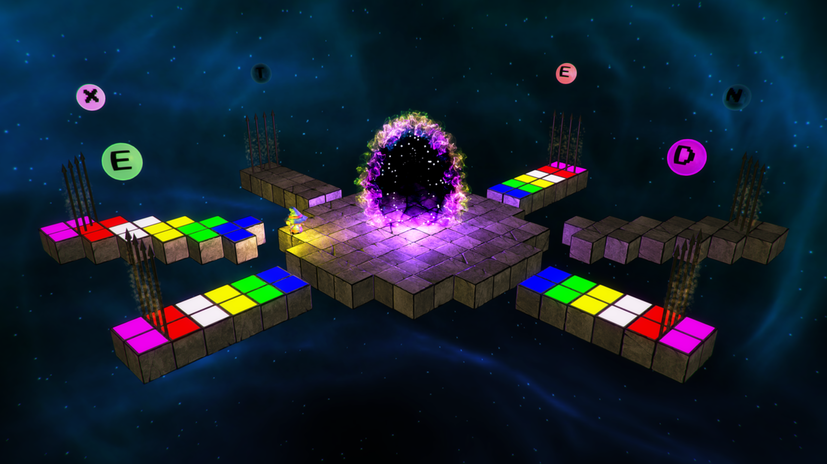


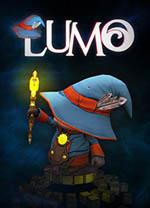
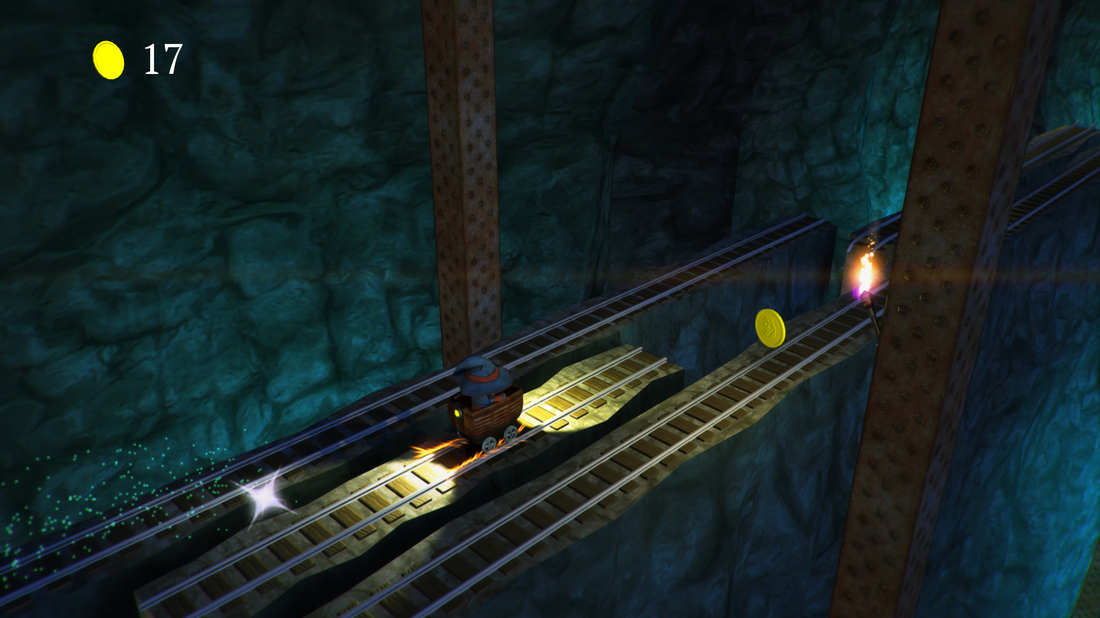
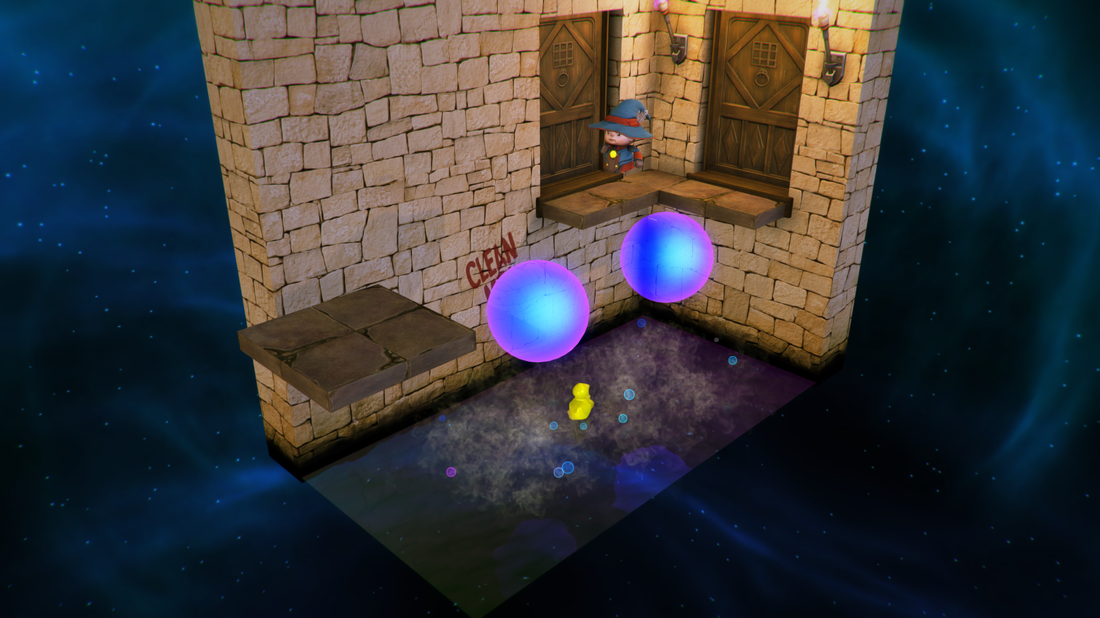
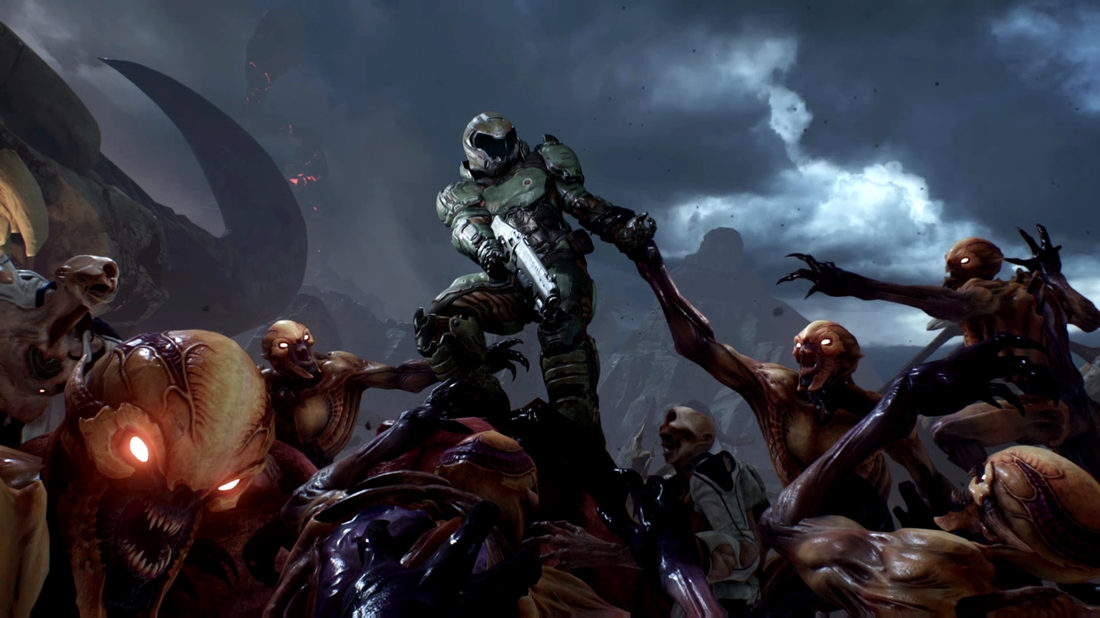


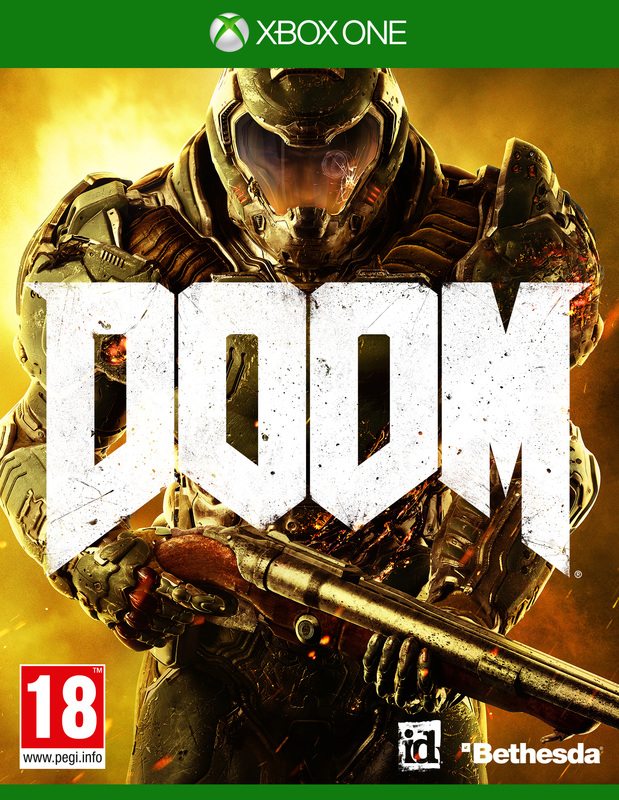
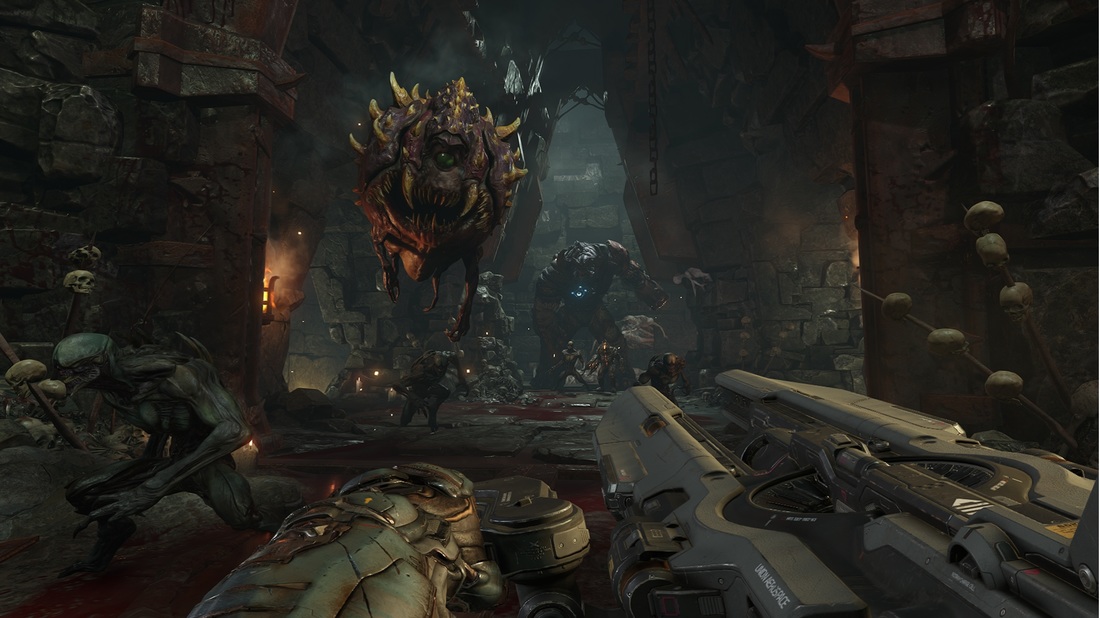
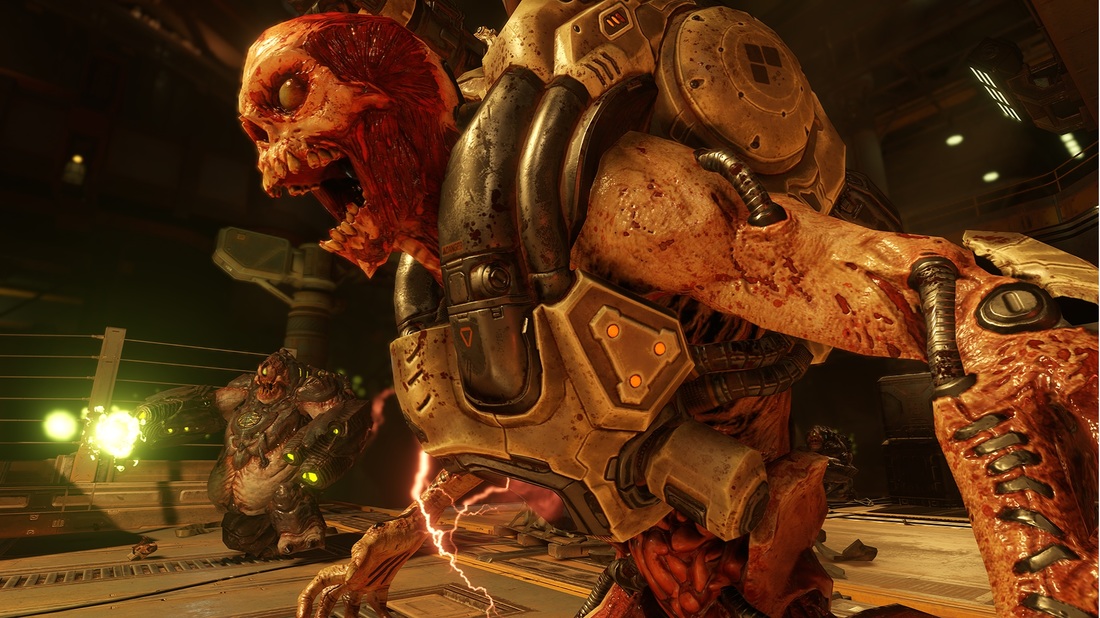
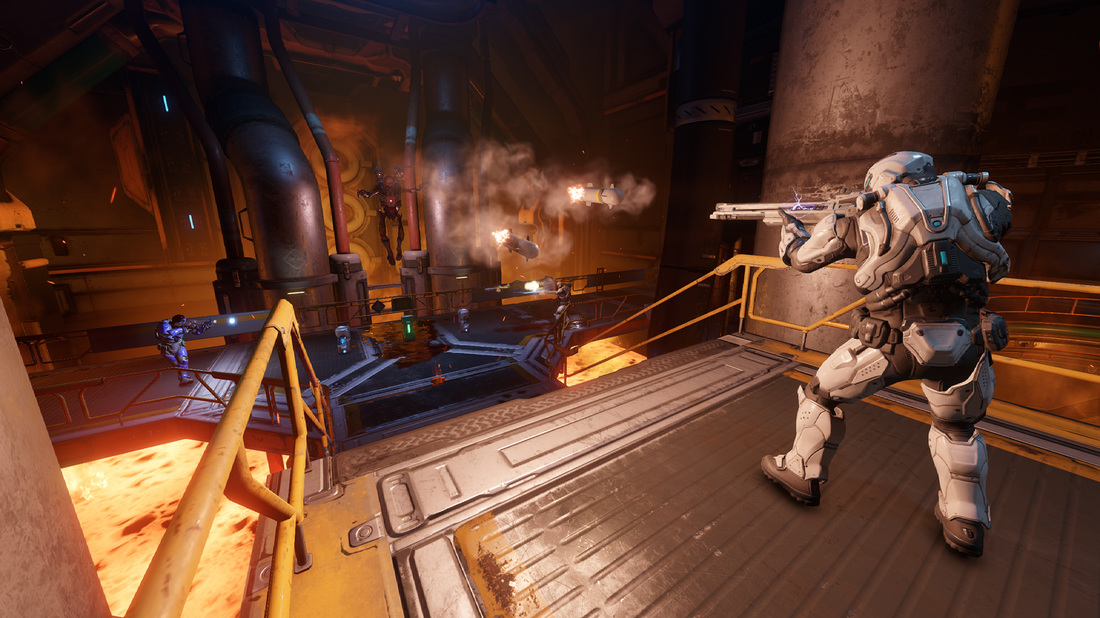
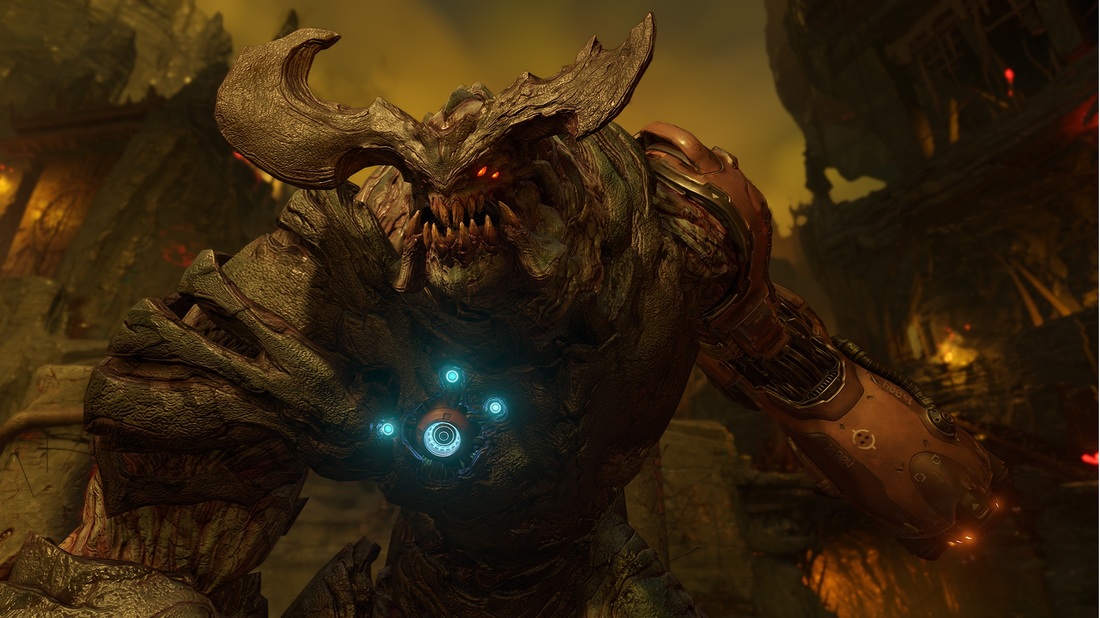
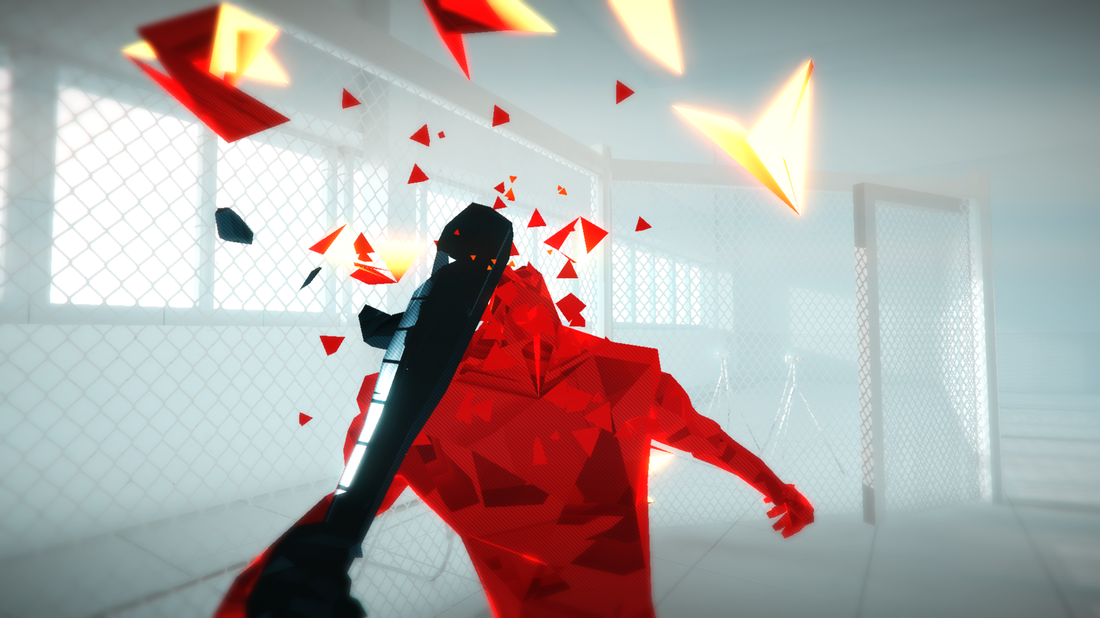


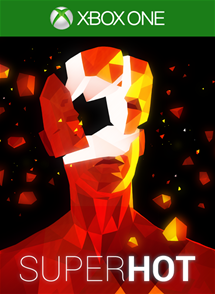
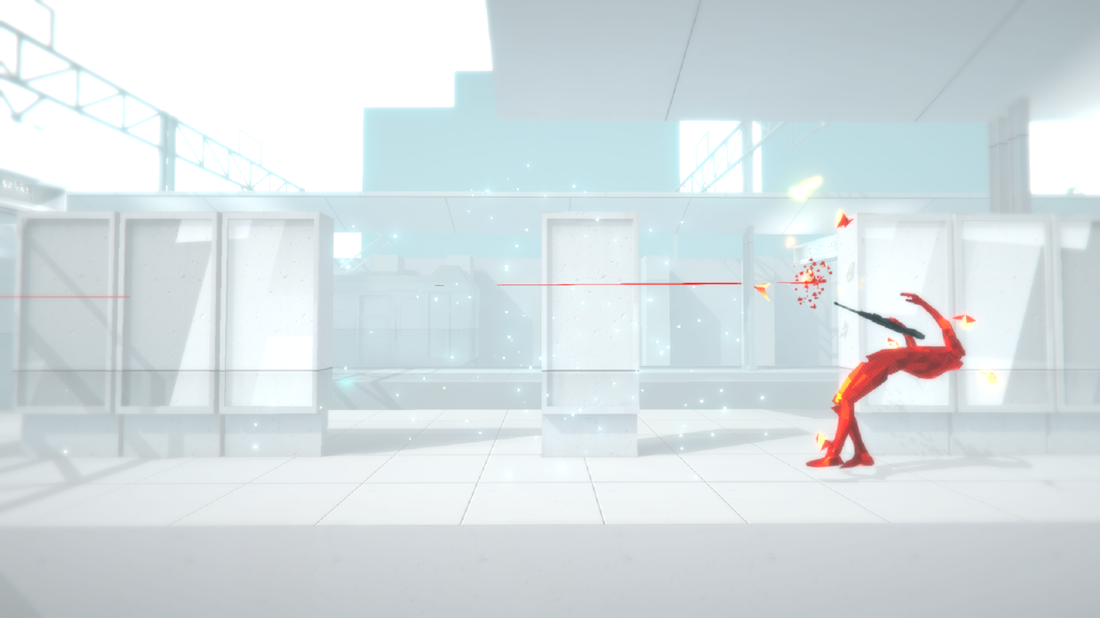
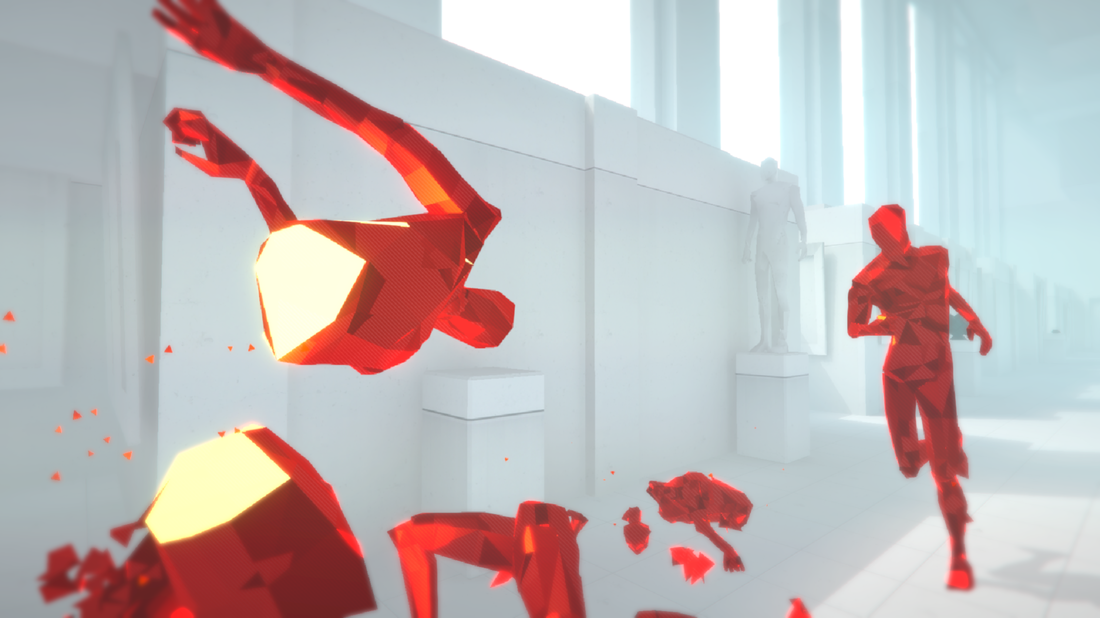
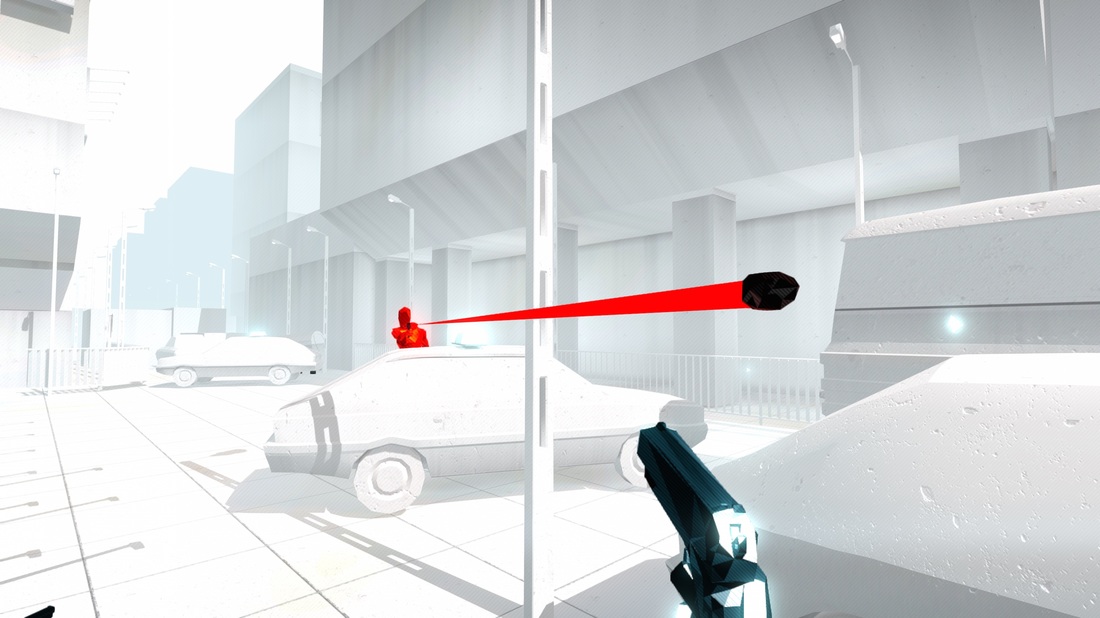
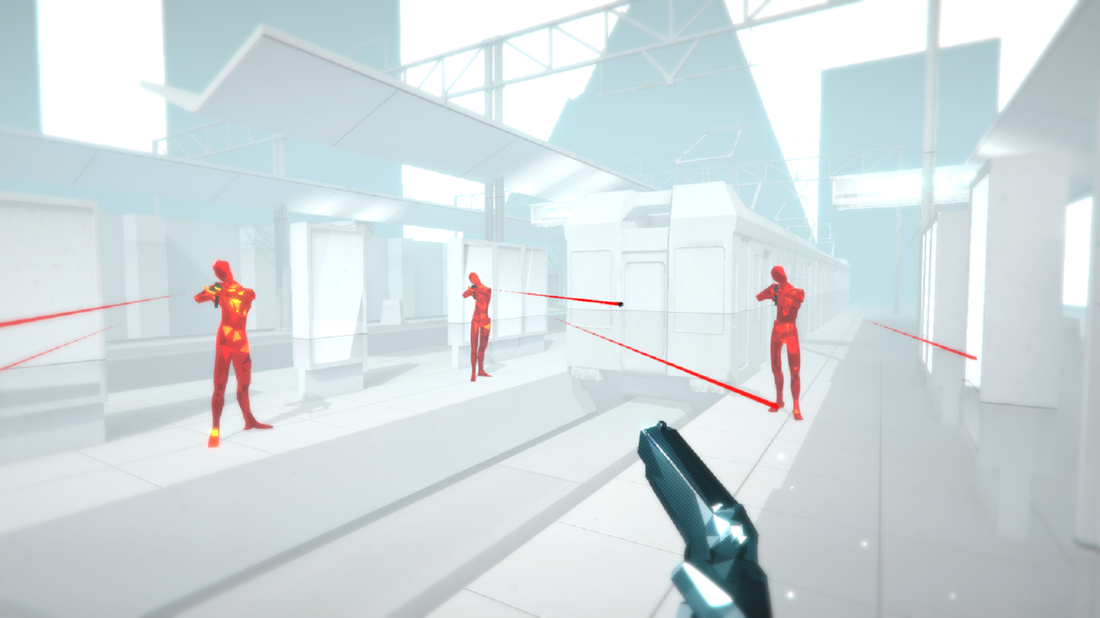
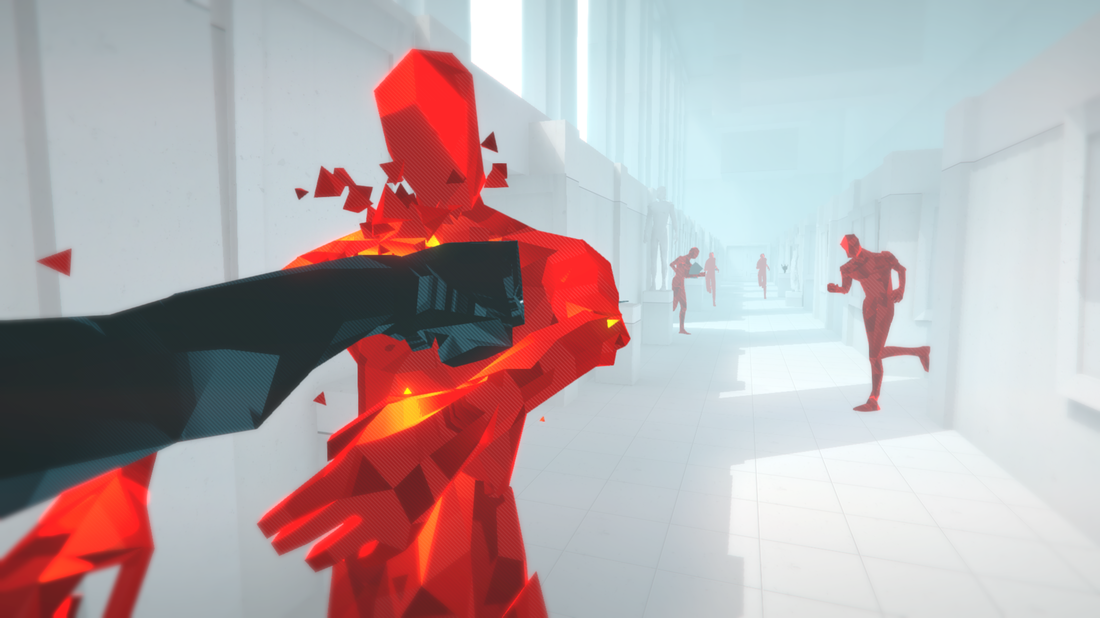
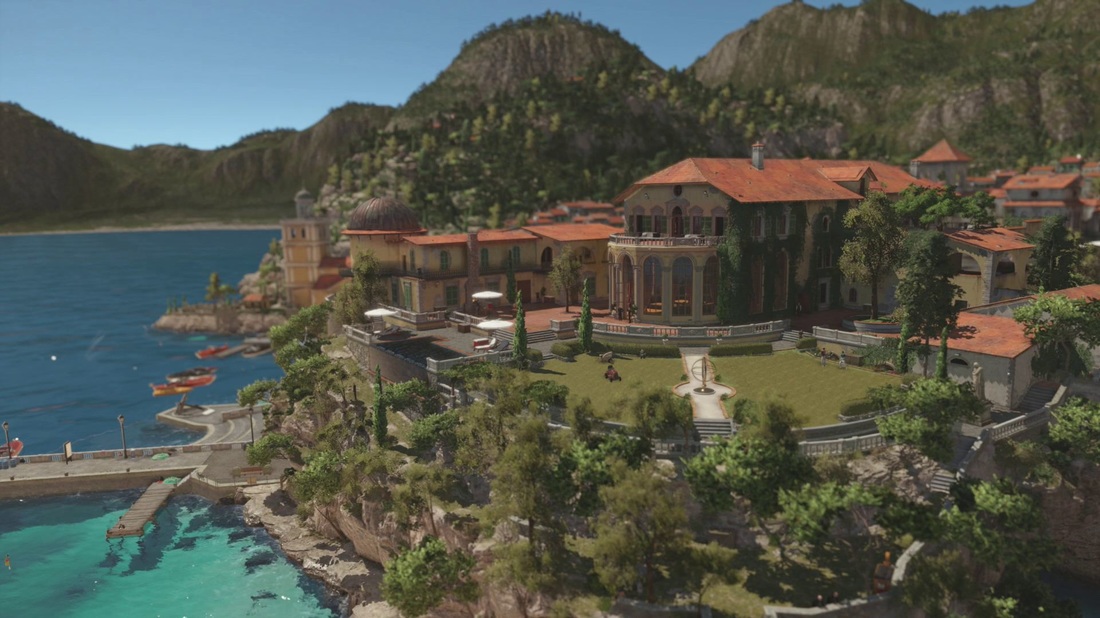


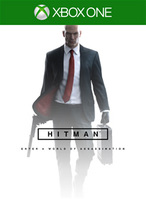
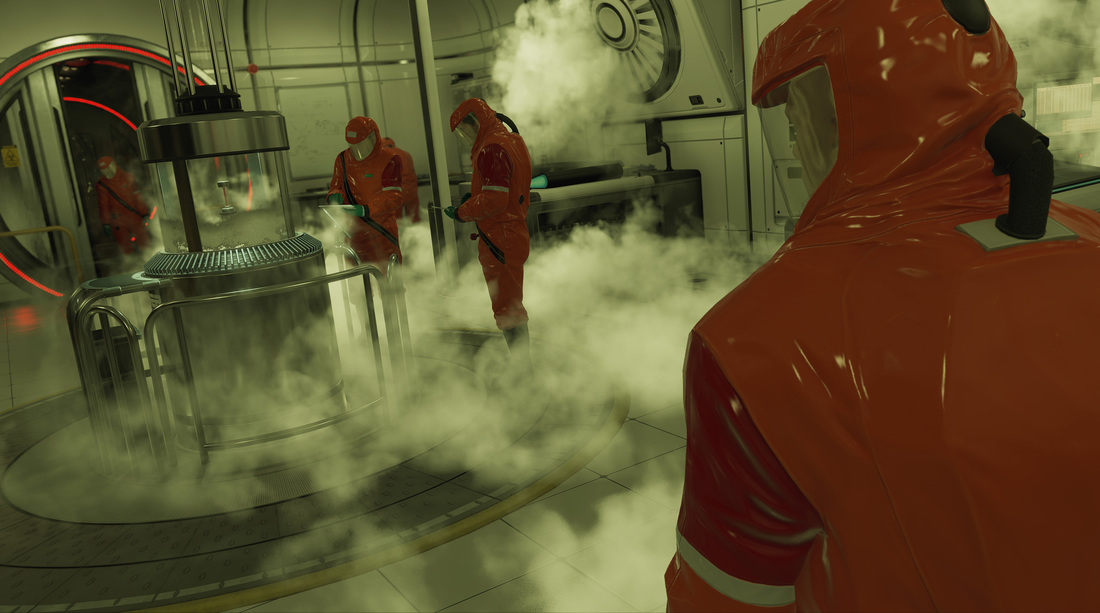
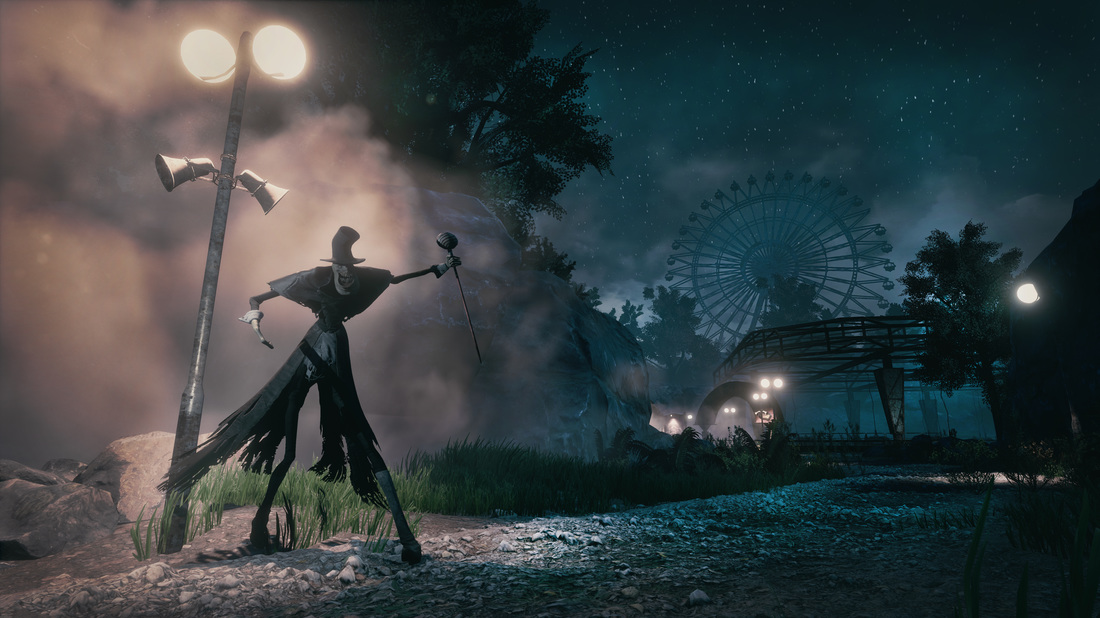


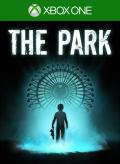
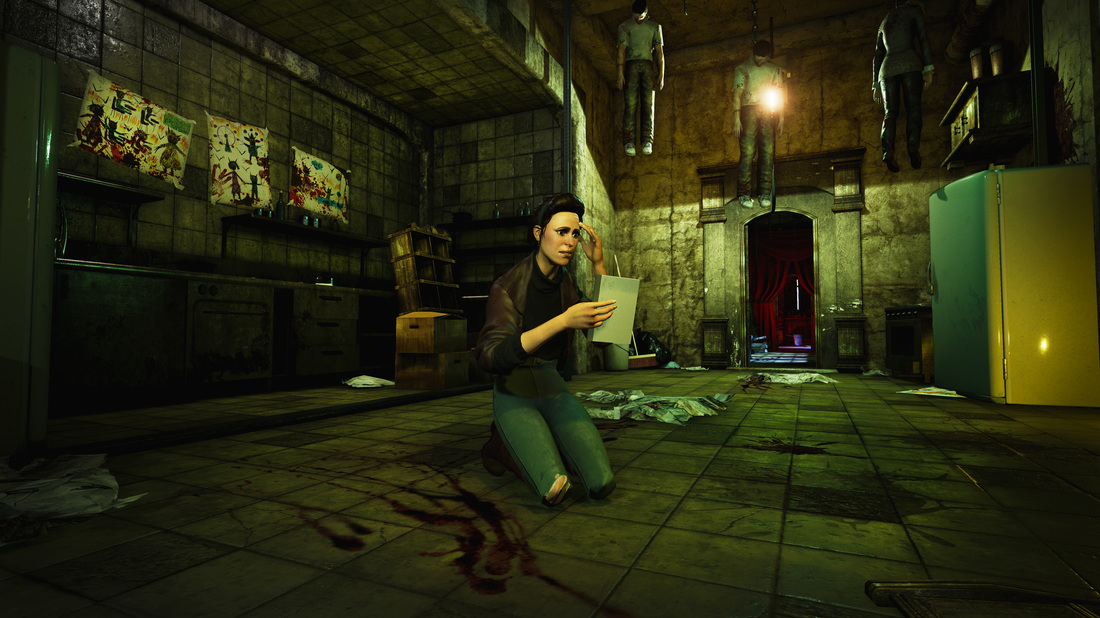

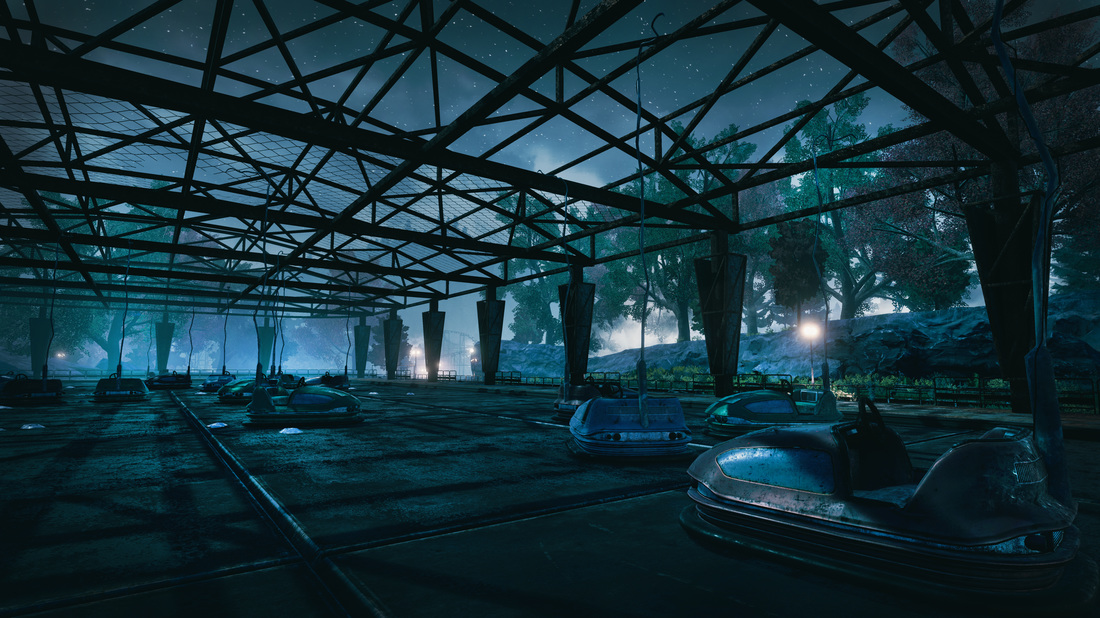
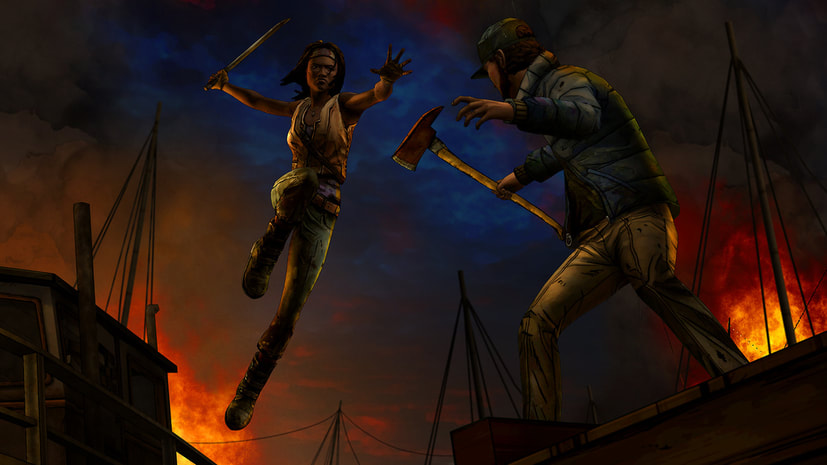


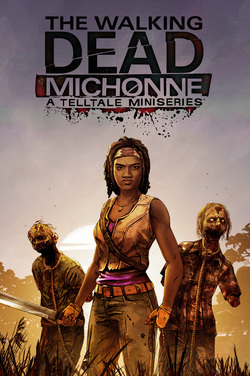
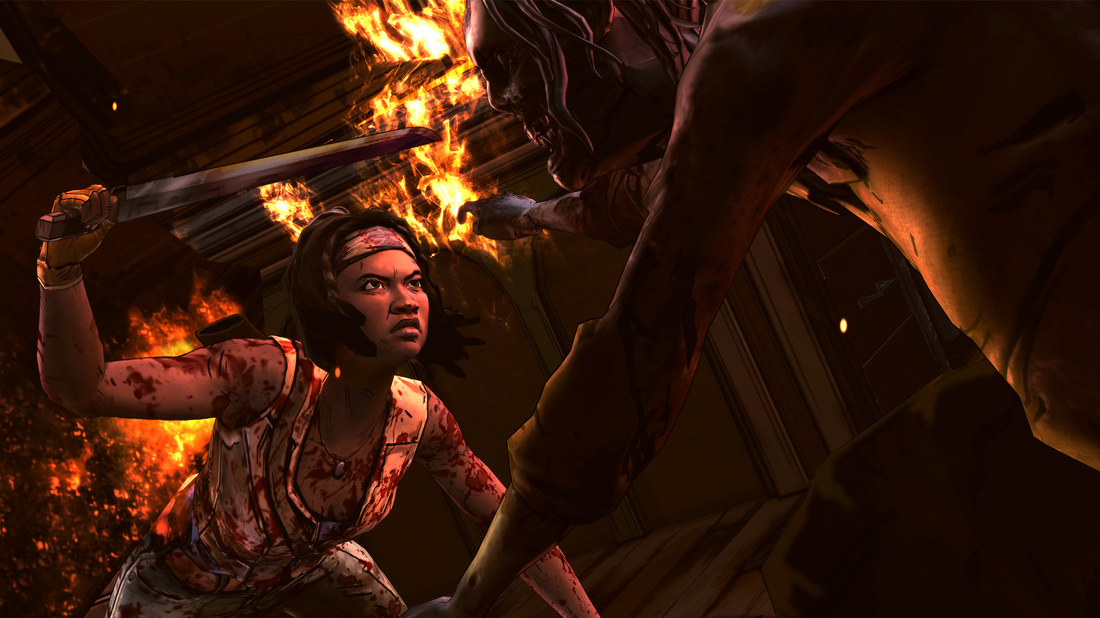
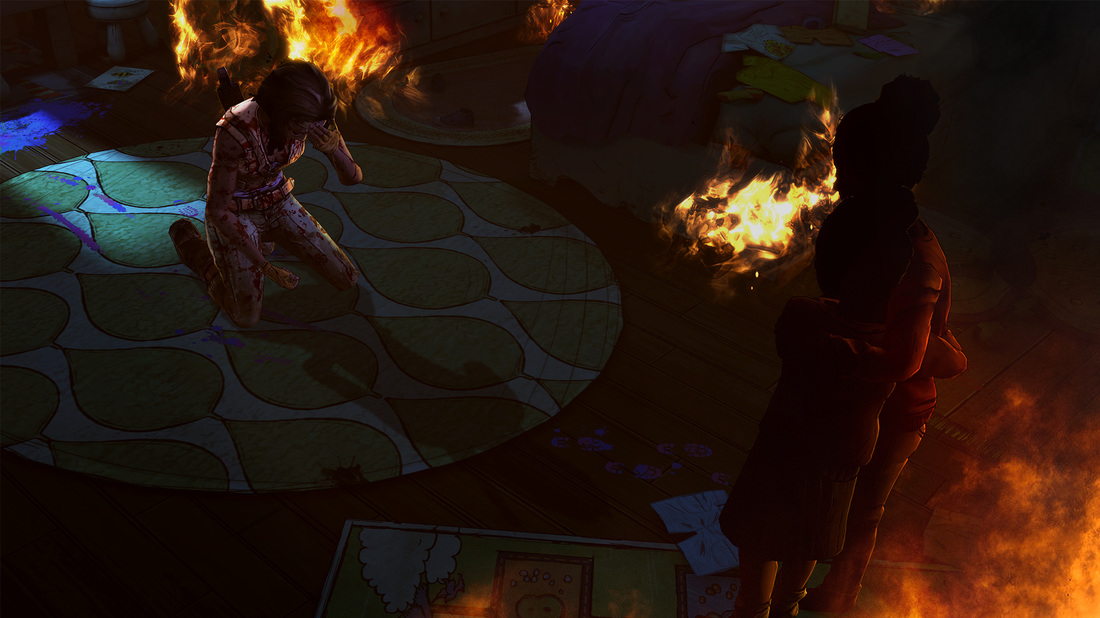
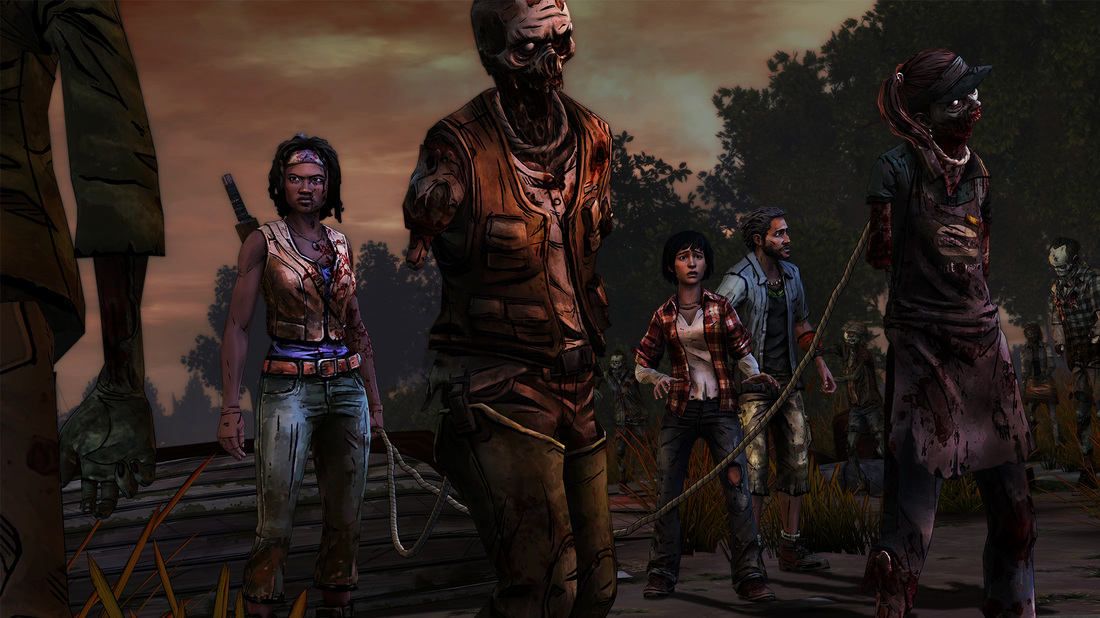
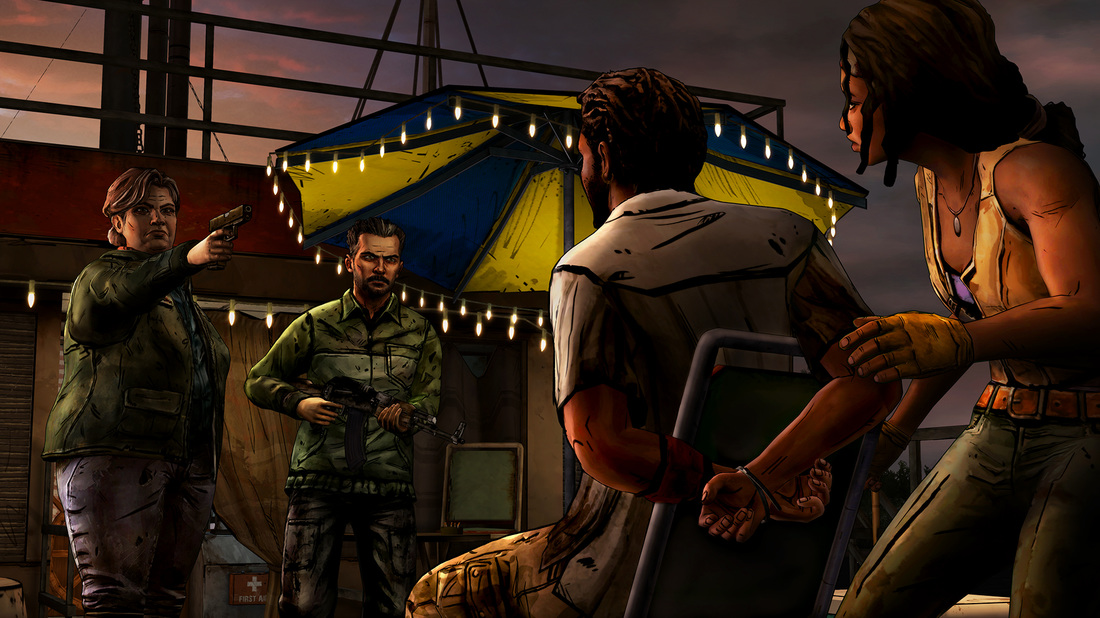
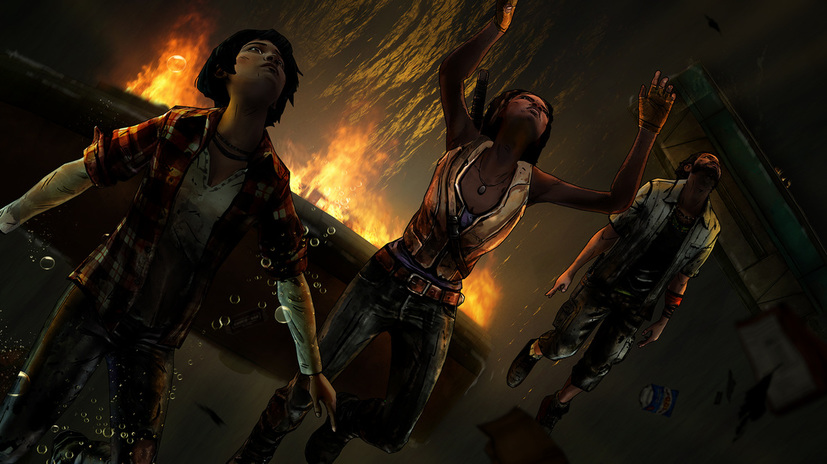
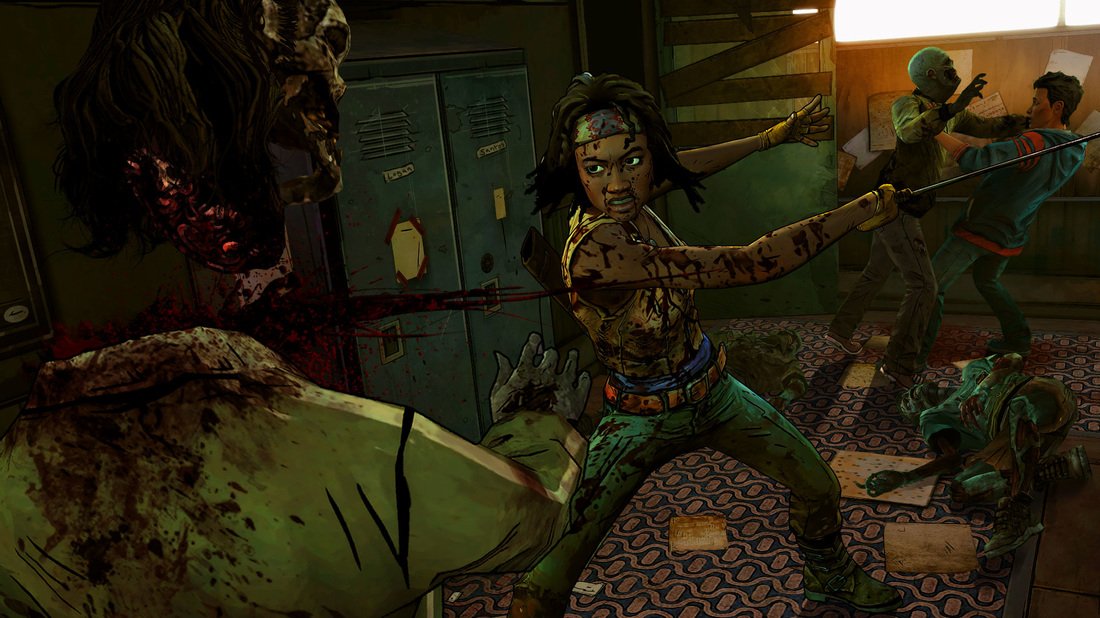
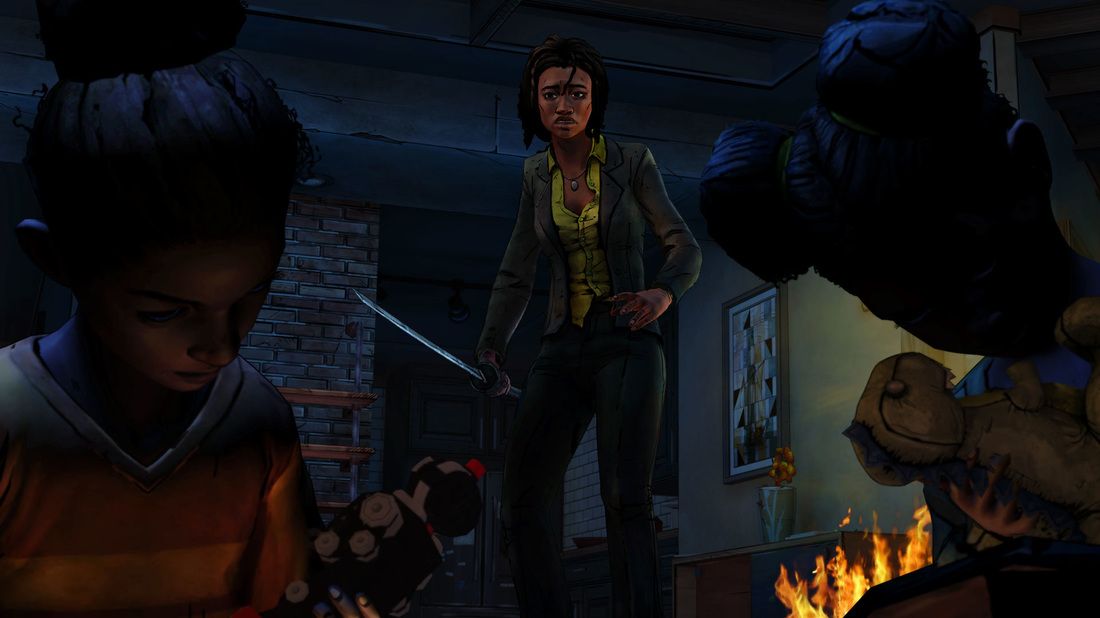
 RSS Feed
RSS Feed